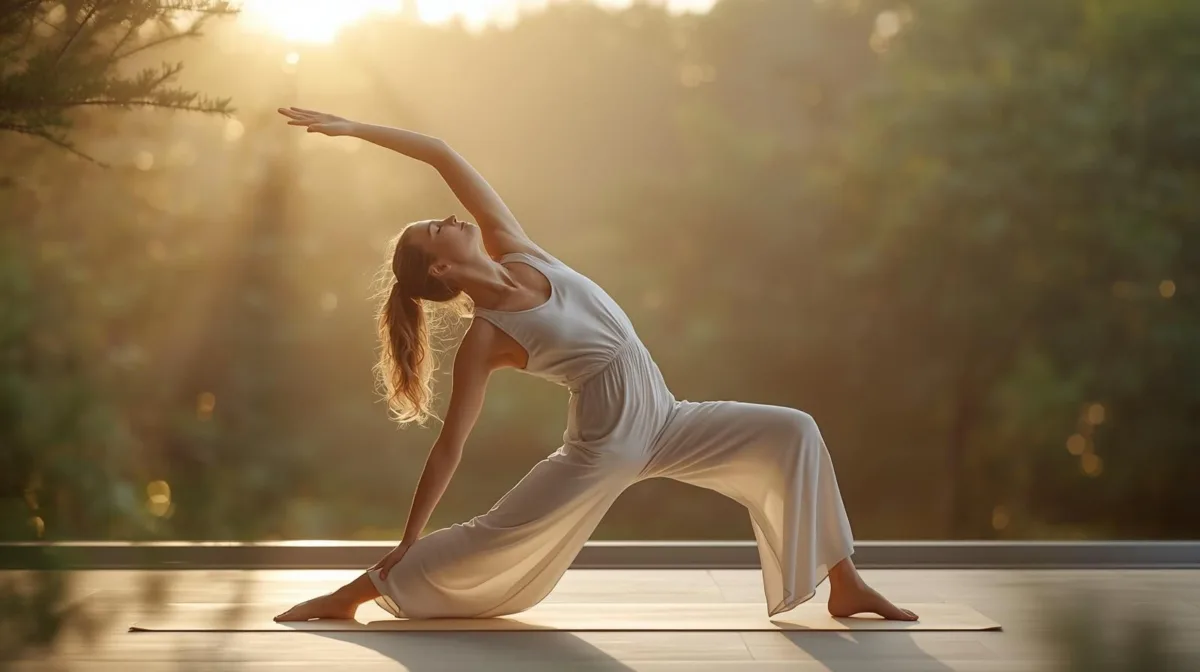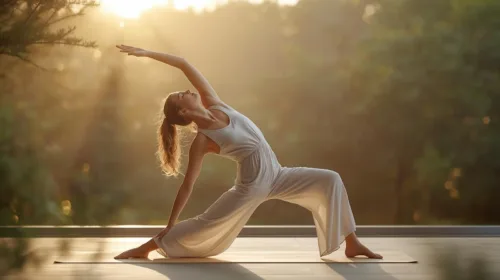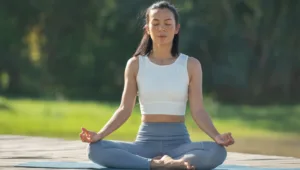Education teaches how a child can have all-round development, and when the word ‘yoga’ is linked with education, what happier situation can there be? Children are pillars of the future. They are like those tiny sprouts which, if given the proper atmosphere, have immense potential of growing tall and great. Yoga instructor/guardians have to play a more responsible role in this context. They have to be an excellent psychologist and a skilful gardener so that they may help in full blossoming of the flower of a child’s life by developing his/her physical, mental, intellectual and spiritual powers through proper education of yoga.

Yoga instructor has to play a very responsible role in the successful implementation of ‘yoga education’ in schools. It is extremely essential for him/her to understand the psychosomatic behaviour of children and adolescents, as an ideal psychologist. Besides yoga, he shall have to develop a deep understanding of human anatomy and physiology. Some of the important points of the mental behaviour of children are given below:
Some years are very important in the process of a child’s development, e.g.
- 5 – 6th Year
- 10- 12th Year
- 16 – 18th Year
According to research findings and child psychologists, the thoughts and traits developed in a child at the age of 5-6 years play a pivotal role in building up his/her character in the future. When a child grows up, his positive-negative attitude, his being a good or bad person, his inclination toward values of life – all these things depend upon the refinement traits of his/her formative years.
Normally, childhood means the age-group of 3-10 years. At this stage, children are very flexible, dynamic, sensitive and imitative. Therefore, yoga instructor have to handle them very skilfully, patiently and affectionately during the practice of yogic exercises.
Children learn better through play and they are interested and inquisitive about their surroundings. Therefore, for classes 1 and II, we have prepared a textbook, KHEL KHEL MEN YOGA (Yoga – Play and Learn), so that children may learn practising yoga by imitating their surroundings (animals, birds, etc.).
If the teacher is updated in the approach to teaching, he can invent a number of concrete/ practical activities on the basis of textbooks on yoga education, e.g. blocks of asana figures, charts, slide-shows, group puzzles, etc. so that the children may learn by assembling, touching, seeing and grasping them. The accompaniment of music in various yoga practices makes the learning process interesting.
Adolescence means normally the age-group of 11-19 years. During this stage boys/ girls have many physical changes which influence their mind and brain. The thinking and outlook made available to the children during their adolescence generally determines the path and direction of their life. If young boys and girls are not taught yoga, restraint, good conduct and other values for character-building during their adolescence, there is strong possibility of their falling prey to diseases and disorders. Therefore, it is of utmost importance that appropriate environment is made available to them at this stage.
YOGA PRACTICE by Yoga Instructor IN SPECIAL CIRCUMSTANCES:
- Ideally young girls should not do difficult/ strenuous yogic exercises during their menstrual cycle.
- If they wish to practise asanas, they should avoid reverse, upside-down/ head- stand exercises.
- If the bleeding is abnormal (irregular or profuse), these asanas produce a positive effect on the body: suptavīrāsana, matsyasana, setubandhasana, sarvangasana, savāsana, and forward bending asanas.
- During the menstrual cycle, young girls must do all präṇāyāmas (except bähya praṇäyämas), viz. bhastrikä, kapälabhāti, ujjäyī, anuloma-viloma, bhrämari, udgitha, etc. Kapälabhäti präṇāyāma should be done at a very gentle pace.
ROLE OF A YOGA Instructor : POINTS TO CONSIDER
Any topic with some novelty and one which awakens interest and enthusiasm motivates a child to learn it. The proficiency of a teacher depends on how he can make the same exercise entertaining by putting rhythm, interest and dynamism into it.
It has also been seen that some teachers normally do the exercises at a slow pace and want to be over-cautious about children also. It is proper in the case of younger children, but some desirable speed is required for children. grown-up
It is human nature that after attaining proficiency in doing a job, we get less and less enthusiastic about it and start seeking some more difficult and complicated options. It may be appropriate to adopt varied and complicated techniques in your daily regimen, but it should be borne in mind that in the process of moving from simple exercises to complicated exercises, yogic exercises demand continuity over a long duration.
Children are gifted with an instinct to protect themselves from fall or injury. Also, they have more resilience. Therefore, in the case of injury, etc. they stop the exercise on their own. But during a difficult asana or exercise, the teacher/ guardian should take proper precautions (like standing by the child’s side, use of cushion, etc.). For this purpose, students should be divided into small groups and they should be made to practise yoga with a fully cooperative attitude.







